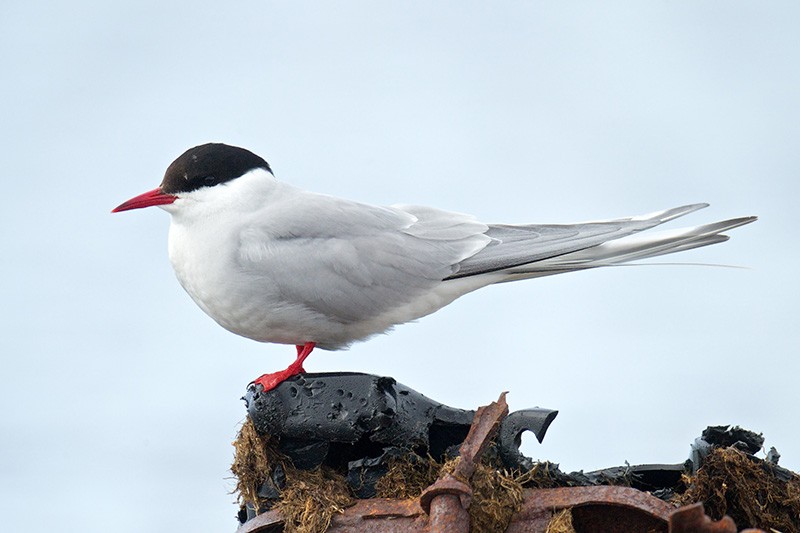
Arctic terns (Sterna paradisaea)
Arctic terns are migratory birds that travel from arctic or sub-Arctic areas to the Antarctic areas, covering a distance of 30, 000 km. These birds have one of the longest migrations of any animal on the earth.
These birds glide over the ocean surface and plunge into the waters to snatch the fish from the water's surface.
They mostly prefer fish and other marine creatures like shrimp. They don’t prefer snatching flies and other insects from the air.
Arctic terns have a remarkably larger lifespan; they live for about 30 years. This is quite so much larger value for a bird of the same body size as an Arctic tern, provided that Arctic terns have such a challenging and complex lifestyle.
Why do they migrate from the Arctic circle to the Antarctic circle?
Arctic terns migrate from the Arctic circle to the Antarctic circle, traveling a huge distance of about 30,000 km. They are migrating socially, to travel from one side of the earth to the opposite side. What actually they are doing is that they are simply following the Arctic summer. They hatch their eggs in the Arctic circle during summer. We know about the different seasons; the summer, the winter, the autumn, and the spring. Summer and winter are mainly due to the tilt of the earth about its axis by an angle of 23.5 degrees.
When the northern hemisphere is closer to the sun, the arctic circle gets a summer climate. Arctic terns enjoy this summer climate in the Arctic circle. During the summer climate, the ocean surface will be illuminated by sunlight and it is easy for the birds to catch fish. When the Arctic circle moves away from the sun, the winter starts in the Arctic circle. At this time, the Antarctic circle moves closer to the sun, resulting in the summer of the Antarctic. Arctic terns are intelligent enough to perceive the arrival of the Arctic winter and they migrate to the Antarctic circle to spend time in the Antarctic summer. Unlike other regions on the earth, during summer/ winter both the Arctic and Antarctic receive 24 hours of sunlight/darkness.
image source: https://www.birdnote.org/sites/default/files/Arctic-Tern-800-Gregg-Thompson_0.jpg